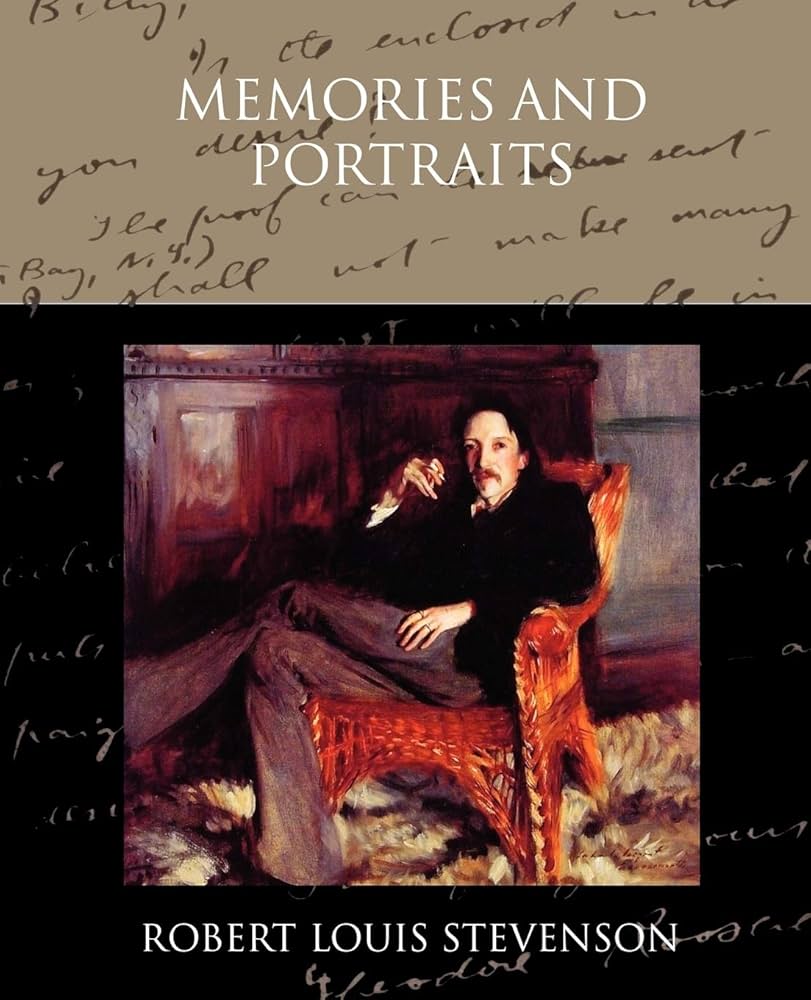Chapter I — Memories and Portraits
byChapter I opens with a thoughtful appraisal of fiction not merely as a genre, but as a living, evolving art form. The views of two distinguished voices—one known for structural precision, the other for accessible charm—serve as the starting point for a broader reflection on what fiction truly represents across all artistic disciplines. Rather than separating fiction from poetry or painting, it is suggested that storytelling forms the backbone of every great artistic expression, whether shaped in words or carved into stone. To see fiction as simply prose narratives is to limit its impact and forget how deeply embedded it is in all human creativity. This perspective allows room for legends, parables, and imagined histories to stand beside novels and short stories with equal validity. In truth, fiction survives not because of its form, but because of its power to communicate essential human truths.
From here, the chapter unpacks the inadequacy of restricting fiction to the boundaries of prose and fabrication. There is no requirement that fiction must always be false to be meaningful. Rather, its significance lies in its ability to express symbolic realities—truths that cannot be measured by fact alone. The Odyssey, though fantastical, speaks to endurance and longing in a way that factual history rarely can. Even spiritual allegories, like Pilgrim’s Progress, invite readers into imagined realms that mirror deeply personal struggles. These works are evidence that fiction does not need modern packaging to carry its message. Its essence exists beyond volume counts, beyond genre labels, and beyond the pedantic division of forms.
A shift in the discussion brings focus to what narrative actually does. Instead of mimicking life’s chaos, it distills moments into forms we can understand. Like geometry, which gives shape to space through simplified formulas, fiction gives shape to human experience. It selects what matters, framing it in symbols that speak to a deeper pattern beneath the surface of life. To demand that fiction portray reality with strict fidelity would be to miss its purpose. The messiness of life is transformed into clarity and purpose by the novelist’s hand, revealing meanings that the randomness of everyday existence might obscure. The best fiction feels more real than life because it tells us something more fundamental.
The author then draws a useful distinction between three major types of novels—each offering something different but equally valid. Adventure novels ignite the thrill of discovery and daring acts. Character-driven novels illuminate the peculiar and subtle truths of human behavior. Dramatic novels draw us into emotional conflict, exploring the ways love, anger, or grief move people to act. Each type contains its own internal logic and rules, and readers who demand the pacing of an adventure from a character study may miss the deeper value offered. The diversity among these forms is what makes fiction so vibrant and durable. It thrives because it can offer so many ways of seeing the world.
Importantly, the writer does not merely defend these differences; he calls into question the rigidity with which critics often separate them. A great story may blend all three elements—adventure, personality, and emotion—into a seamless whole. And when done well, the result is not confusion, but richness. The insistence on keeping fiction “pure” in structure or tone risks making it sterile and repetitive. Flexibility, imagination, and insight are what keep fiction fresh. What matters most is not how well it fits a mold, but how deeply it touches those who read it.
In the closing passages, Chapter I reaffirms fiction’s enduring value not because it obeys rules, but because it speaks to something timeless in us. Storytelling, in all its varied forms, remains one of the most powerful tools for understanding and connecting with others. To honor fiction is to honor our need to reflect, to imagine, and to dream. It allows us to be more than observers of the world; it makes us participants in the shaping of human meaning.

